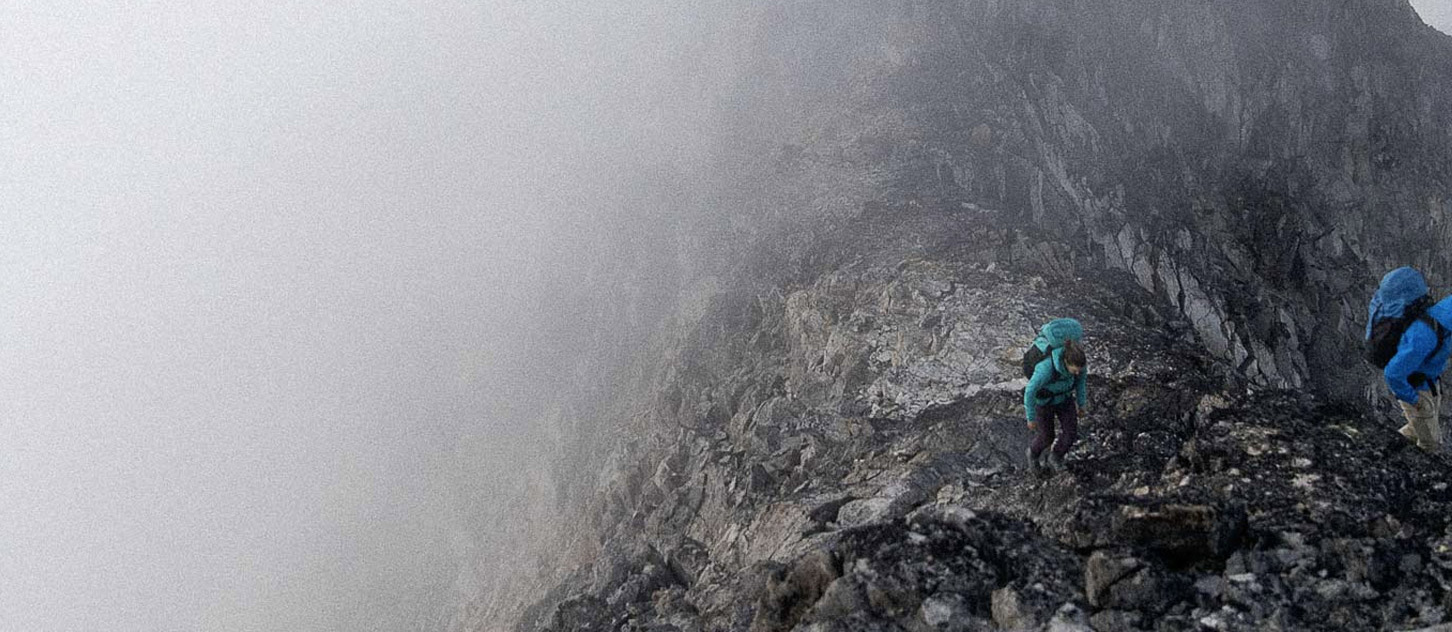
ACMG Mountain Conditions Summary for the Rockies and Columbia Mountains. November 15, 2019
This is the last weekly MCR summary for the season. We have moved into winter and regular avalanche bulletins are being posted by Kananaskis Country and the National Parks. Look for the Avalanche Canada bulletins to start on November 22.
Conditions for winter mountain activities are slowly improving and all areas should see some snow in the coming week.
WEATHER
There was a pulse of precipitation to begin the week. It started warm (with rain in the valleys), and finished cold (with snow). Snowfall totals varied depending on location and elevation. It dried out mid-week and again warmed up with temps on the plus side in the valleys.
Another warm precipitation event should be coming in this weekend. Expect rain or a mix of rain and snow in the valleys with snow at higher elevations. This one sounds stronger, especially in the west and north. Models are showing about 20 cm in the northern Rockies, 25-35 cm in the Selkirks, 10-40 cm in the Purcells, and perhaps 75 cm in the Monashees. The south Rockies could be the losers in this one with only about 10 cm forecast from Bow Summit south.
CONDITIONS
Ice climbing has been the activity with the best conditions this week. Lots of climbs are getting done, although lower elevation and south facing climbs have been in and out with the swing in temperatures. Higher and shaded climbing continues to be your best bet.
Riding is still scratchy in all zones, especially treed entrances and exits. Above treeline in the Rockies the high elevation rain created a strong crust that carried a rider. That, combined with some powder on top from the cold end of the storm created some reasonable skiing. We still need to start high and go higher though, lower elevation starts and finishes are not pretty.
There are still reports of scrambling peaks getting climbed in the front ranges. Low elevation hiking on snow covered trails is an option too. And, believe it or not, there is still chatter on the dark web about folks wanting to get out rock climbing on warm days. Partner searches seem to be going on but for some reason there are never conditions reports afterward. Hmmm.
HAZARDS
Avalanches, thin snowpack skiing hazards, very short days, and thin ice on the waterfalls that can fall apart as soon as it warms up. And did I say avalanches?
All activities are now subject to avalanche hazard (even you rock climbers going to Echo). Carry avalanche rescue equipment and know how to use it. Wind slabs are the main problem. Carefully evaluate any alpine area that has enough snow to ride. For any sort of climbing activity (including skiers climbing up couloirs), we can add loose dry and loose wet avalanche problems to the list, depending on weather conditions at the time.
Skiers need to be wary of the sharky conditions out there. Beware what lurks beneath the surface. Wear a helmet but just as importantly ski slowly and cautiously. The smooth surface of glaciers is tempting but crevasses are still thinly bridged.
It is black until 7.30 am and sunset is about 5 pm so bring extra batteries for your headlamp and be prepared to move around in the dark.
Finally, choose your ice objectives carefully and don't expect the same conditions from day to day. Keep abreast of the weather and understand how those conditions affects the ice quality on any given climb.
OBJECTIVES
This time of year I think about heading for:
- normal early season ice climbing objectives
- ski terrain that starts high and goes higher
- dry zone scrambles or dog walks
- Cochise Stronghold, Arizona
I avoid:
- low elevation skiing and ice climbing
Be patient, winter is coming.
Mark Klassen
Mountain Guide